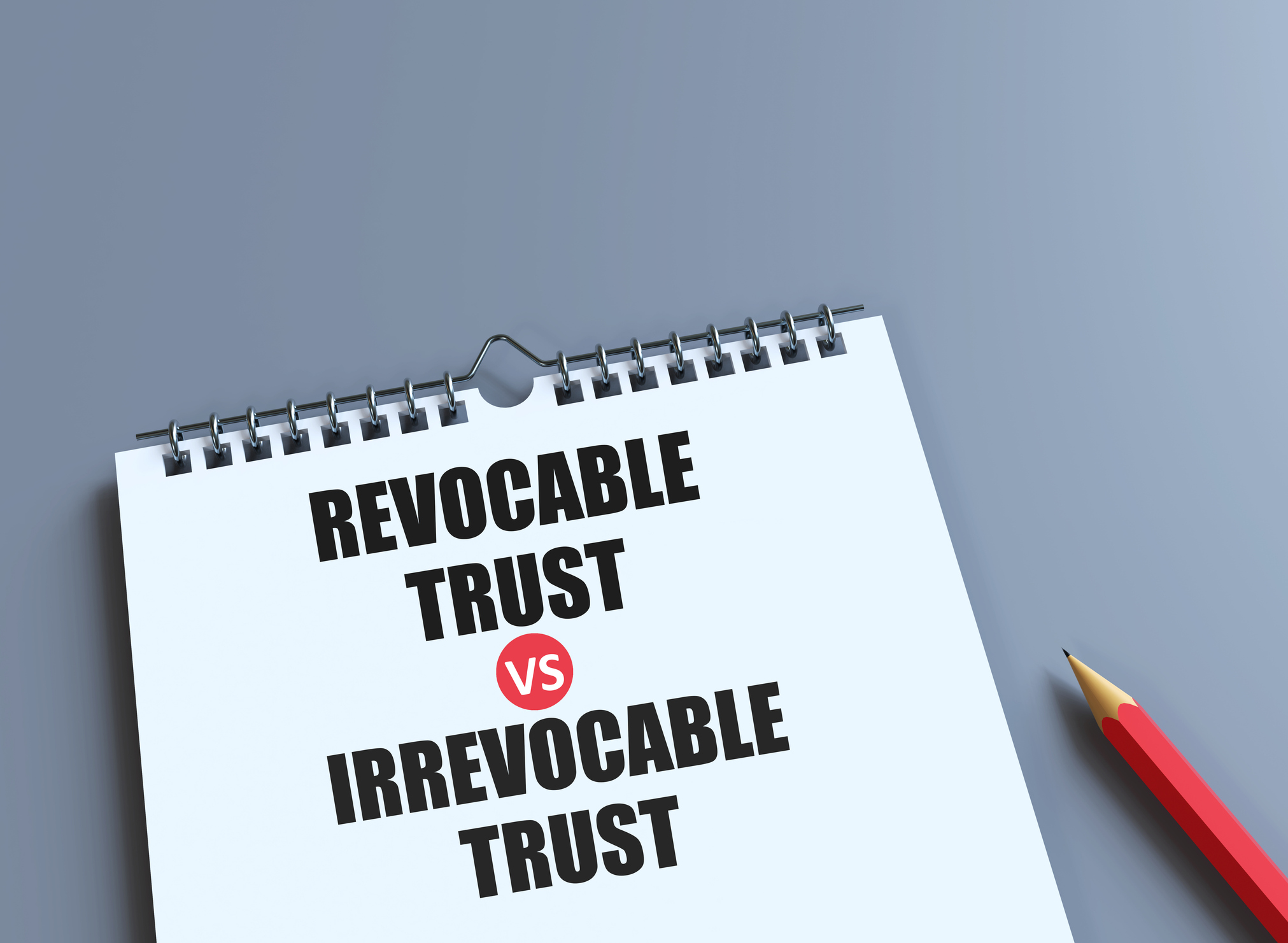Don't Bet Your Retirement on Monte Carlo Models
They measure market risk but don’t eliminate it, and they don't consider all the twists and turns life can take. Instead, build a plan to create a stable income throughout your retirement, no matter what.


When you sit down with a traditional financial adviser to plan your retirement you will provide her with the spending budget you have in mind. The adviser will adjust that amount for inflation and after running the numbers through a “black box” model, will predict how many years your retirement savings — typically made up of cash, stocks and bonds — will last.
The model to make this prediction is called “stochastic” — a fancy way to describe what is a typical Monte Carlo simulation model.
What you should know about this modeling method
The problem is that it provides you with probabilities, not certainties — which means your “planning” is much like playing a roulette wheel or any of the other casino games. The stochastic model will examine many scenarios for the coming years. It will factor in historic stock market returns and volatility, and even the volatility of inflation, to measure your savings balance against your possible life spans.
From just $107.88 $24.99 for Kiplinger Personal Finance
Become a smarter, better informed investor. Subscribe from just $107.88 $24.99, plus get up to 4 Special Issues

Sign up for Kiplinger’s Free Newsletters
Profit and prosper with the best of expert advice on investing, taxes, retirement, personal finance and more - straight to your e-mail.
Profit and prosper with the best of expert advice - straight to your e-mail.
The probabilities display on a computer screen as squiggly lines to show the value of your savings. As you test against increasing ages, the number of lines that hit zero increase, indicating a greater chance that your money will run out before you do. This all translates into a prediction along the lines of, “With your budget and with expected inflation, you have a 90% chance your money will last to age 90 if markets in the future perform like markets in the past.”
It is easy to discern the lack of precision. But if you don’t like the prediction, you don’t have many options. While you can increase the percentage of bonds or cash to the investment mix to reduce volatility, that also lowers your average expected return. Another alternative is to adjust your budget and lower your monthly income — and hope your savings will last longer. You may end up with a spending goal before you walk out of the office, but the process hidden in the black box is complex, and you’re still dealing with probabilities.
How to factor in personal circumstances
And the scenario I just described deals only with the income of one person, with no unexpected expenditures, and an average life span. Let’s add the questions that arise when “life happens.”
- Will your finances support your spouse after your death?
- How much inheritance do you want to leave to your kids?
- Where will the money come from for late-in-retirement medical and caregiver expenses that Medicare doesn’t cover?
- What if your house needs expensive repairs? Or your kids or grandkids need a loan?
- And what if market volatility means your savings took a hit the same month you had those unexpected expenses?
The alternative is Income Allocation
Income Allocation focuses on providing income that lasts a lifetime, instead of predicting the date your savings will run out.
The addition of annuity payments to the dividends and interest your portfolio generates guarantees income for life and smooths out the volatility that hangs like a dark cloud over other plans. That makes your planning much simpler, because you no longer must be totally dependent on the stock and bond markets.
Deterministic vs. Monte Carlo planning
If you don’t want to trust your financial future to the casino, Income Allocation offers a plan that is much more predictable. An Income Allocation plan will continue to include stocks and bonds. Notably, annuity payments do not eliminate all risk, but they make the risk more manageable. My advice is to depend on income annuities for no more than 30% to 35% of your portfolio.
Income Allocation also makes it easier to prepare.
As you design a plan for income, you select your view of the stock market (how much risk are you comfortable with?). Then you test the results, creating the levels of income and legacy to your heirs that works for you. If you don’t like the results, you can revise your assumptions.
As you build an income allocation plan for you and your family, you will consider how your retirement income will look under three different results: A market that averages annual growth of 4%, 6% or 8%.
And whatever date your plan takes effect, you can return for adjustments later on.
Planning for likely circumstances
With Income Allocation, you can create scenarios and make changes until you are satisfied with the results. The calculations are similarly simple when you add the variables of support for spouse, late-in-life health concerns and financial legacy for kids. Here are a few examples:
- You and your spouse can each have your own annuity payments, or you can ensure that your annuity payments continue to pay out to your spouse if you pass first.
- You can create income that will kick in when you or your spouse reach a certain age — usually 85 — to help pay for medical and other costs not covered by government programs. It’s done with a deferred income annuity.
- You can test what a large planned-for — or even an unexpected expenditure — might do to your income.
Where does the market risk go?
Admittedly the legacy you leave your kids or grandkids might be lower earlier in retirement when you employ an Income Allocation plan. That’s because your plan protects your retirement income — for life — in the form of annuity payments, which reduce your risks against long-term poor market performance. But it comes with a trade-off. In this case it will be the amount you pass along to your heirs early in retirement.
My view is that heirs should welcome that trade-off. If your Monte Carlo scenario or just poor planning leaves them on the hook for your income when your savings run out, they will appreciate your smarter lifetime planning. Although there’s a chance you may be passing along a smaller legacy to the kids, Income Allocation allows you to maintain your independence as long as possible.
Questions? Visit Go2Income for more ideas about how you can increase your retirement income and feel free to contact me at Ask Jerry with questions.
Related Content
- How to Keep More Money in Retirement: Diversification That Minimizes Taxation
- 3 Great Reasons Why You Should Start Saving Early
- This Isn't (or, at Least, Shouldn't Be) Your Father's Retirement Plan
Profit and prosper with the best of Kiplinger's advice on investing, taxes, retirement, personal finance and much more. Delivered daily. Enter your email in the box and click Sign Me Up.

Jerry Golden is the founder and CEO of Golden Retirement Advisors Inc. He specializes in helping consumers create retirement plans that provide income that cannot be outlived. Find out more at Go2income.com, where consumers can explore all types of income annuity options, anonymously and at no cost.
-
 3 Major Changes to the Charitable Deduction in 2026
3 Major Changes to the Charitable Deduction in 2026Tax Breaks About 144 million Americans may qualify for the 2026 universal charity deduction, while high earners face new IRS limits. Here's what to know.
-
 Where to Stash Cash as Yields Fall, According to Advisers
Where to Stash Cash as Yields Fall, According to AdvisersYour best options depend on how soon you'll need the money and your tolerance for risk.
-
 Control vs Protection Quiz: Which Trust Do You Need?
Control vs Protection Quiz: Which Trust Do You Need?Quiz Take this simple quiz to discover whether a revocable or irrevocable trust should be the cornerstone of your estate plan.
-
 I'm a Financial Pro: You Really Can Make New Year's Money Resolutions That Stick (and Just Smile as Quitter's Day Goes By)
I'm a Financial Pro: You Really Can Make New Year's Money Resolutions That Stick (and Just Smile as Quitter's Day Goes By)The secret to keeping your New Year's financial resolutions? Just make your savings and retirement contributions 100% automatic.
-
 Domestic vs Offshore Asset Protection Trusts: A Basic Guide From an Attorney
Domestic vs Offshore Asset Protection Trusts: A Basic Guide From an AttorneyLearn the difference between domestic asset protection trusts and foreign or offshore asset protection trusts to help you decide what might work best for you.
-
 Now That You've Built Your Estate Planning Playbook, It's Time to Put It to Work
Now That You've Built Your Estate Planning Playbook, It's Time to Put It to WorkYou need to share details with your family (including passwords and document locations) and stay focused on keeping your plan up to date.
-
 I'm a Wealth Adviser: These 10 Strategies Can Help Women Prepare for Their Impending Financial Power
I'm a Wealth Adviser: These 10 Strategies Can Help Women Prepare for Their Impending Financial PowerAs women gain wealth and influence, being proactive about financial planning is essential to address longevity and close gaps in confidence and caregiving.
-
 I'm a Financial Planning Pro: This Is How You Can Stop These 5 Risks From Wrecking Your Retirement
I'm a Financial Planning Pro: This Is How You Can Stop These 5 Risks From Wrecking Your RetirementYour retirement could be jeopardized if you ignore the risks you'll face later in life. From inflation to market volatility, here's what to prepare for.
-
 Are You Hesitating to Spend Money You've Spent Years Saving? Here's How to Get Over It, From a Financial Adviser
Are You Hesitating to Spend Money You've Spent Years Saving? Here's How to Get Over It, From a Financial AdviserEven when your financial plan says you're ready for a big move, it's normal to hesitate — but haven't you earned the right to trust your plan (and yourself)?
-
 Time to Close the Books on 2025: Don't Start the New Year Without First Making These Money Moves
Time to Close the Books on 2025: Don't Start the New Year Without First Making These Money MovesAs 2025 draws to a close, take time to review your finances, maximize tax efficiency and align your goals for 2026 with the changing financial landscape.
-
 Is Fear Blocking Your Desire to Retire Abroad? What to Know to Turn Fear Into Freedom
Is Fear Blocking Your Desire to Retire Abroad? What to Know to Turn Fear Into FreedomCareful planning encompassing location, income, health care and visa paperwork can make it all manageable. A financial planner lays it all out.